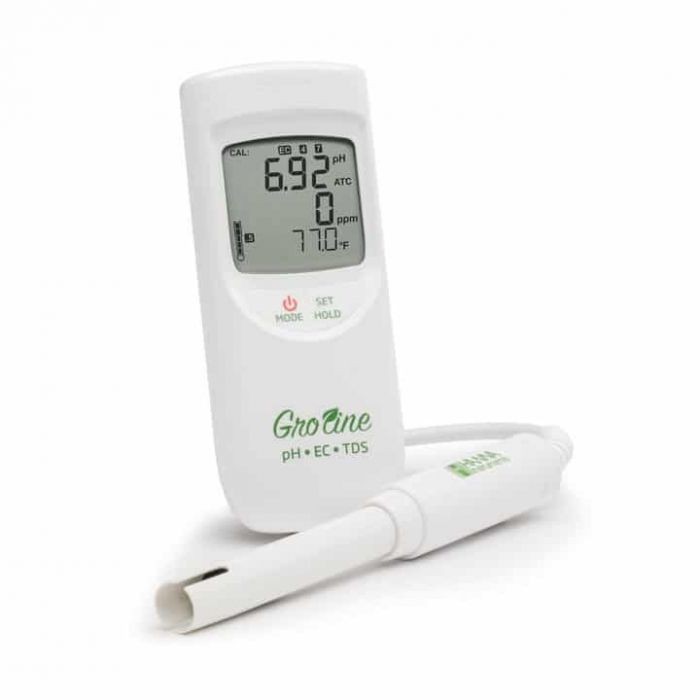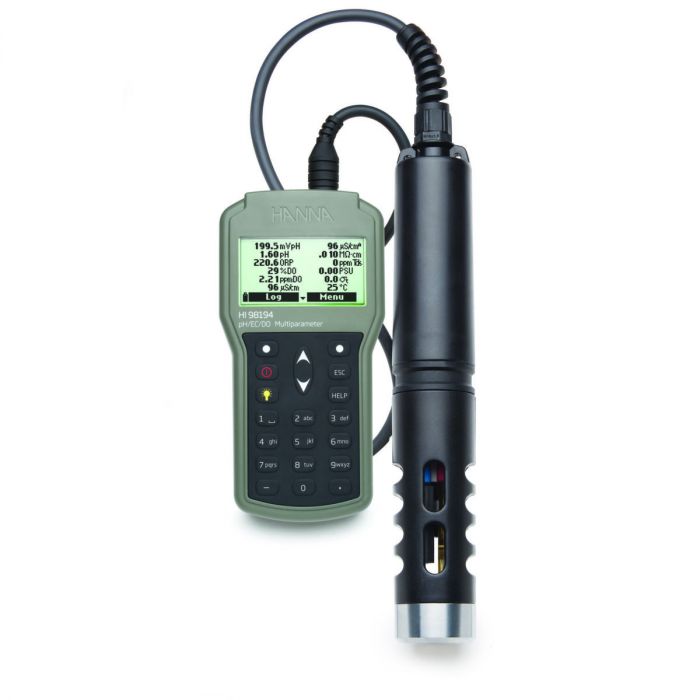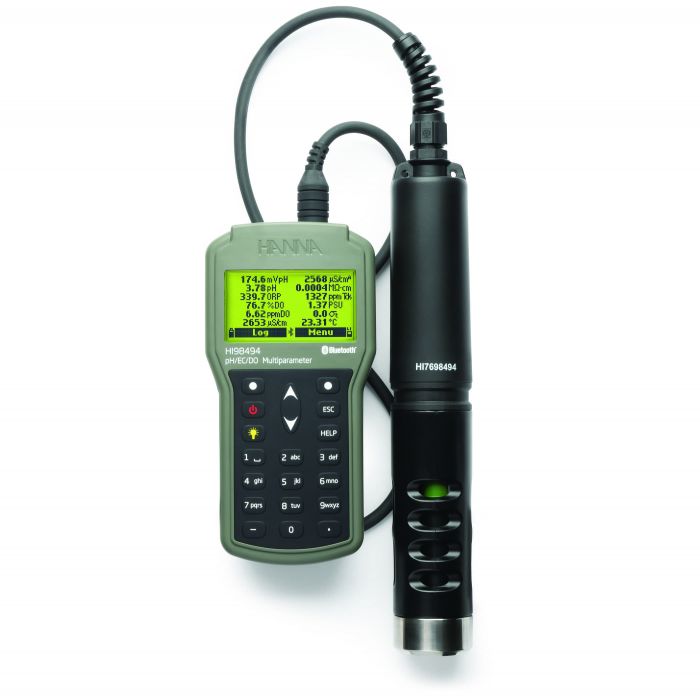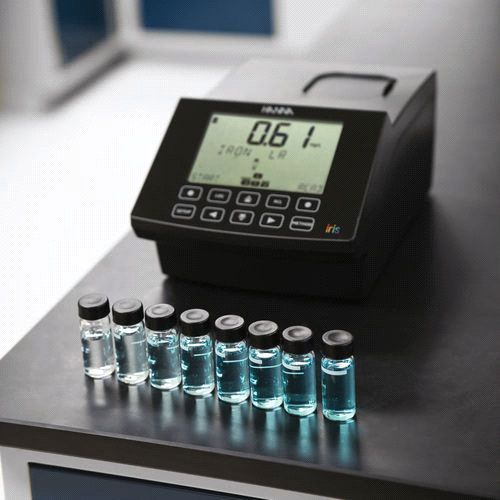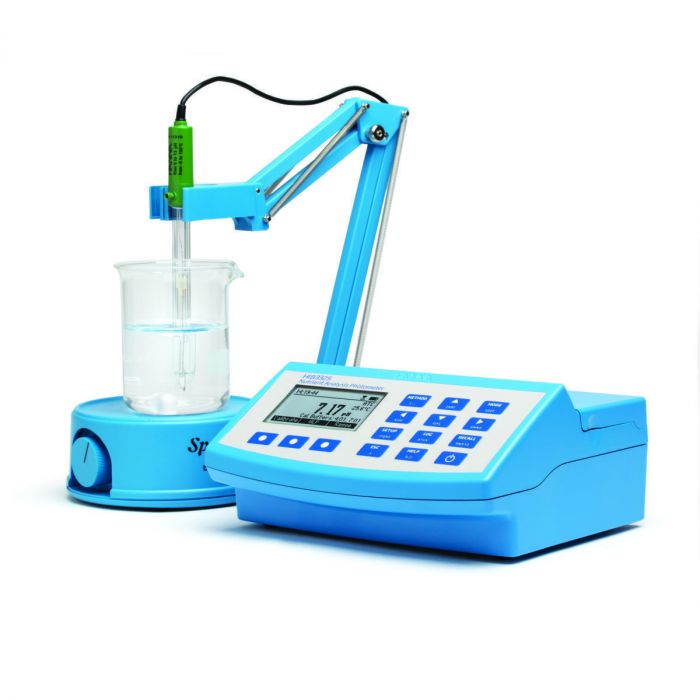Irrigation water analysis is a crucial step in ensuring the quality and safety of water used for agricultural purposes.
This information helps farmers determine the suitability of the water for irrigation and identify any potential issues that may affect crop growth or yield.
In addition to assessing water quality, irrigation water analysis can also help farmers optimize their irrigation practices. By understanding the specific characteristics of their water source, farmers can adjust their irrigation schedules and methods to ensure that crops receive the right amount of water at the right time. This can lead to improved crop health and yield, as well as reduced water waste and environmental impact.
Overall, irrigation water analysis is an essential tool for modern agriculture. It allows farmers to make informed decisions about their irrigation practices and ensure that they are using safe and sustainable sources of water to grow their crops.
As we all know, irrigation water parameters play a vital role in crop yield and quality. Making sure that the water you use for irrigation is of the right quality is crucial in ensuring that your produce is healthy, high-quality and abundant.
1. Introduction to irrigation water parameters
Irrigation water parameters are essential in farming practices, as water is one of the most fundamental inputs for growing crops. Water quality remains an often-overlooked consideration in irrigation practices, yet it has a significant impact on crop yield, soil fertility and water-use efficiency.
The analysis involves testing the water for various parameters:
- pH
- electrical conductivity / EC
- total dissolved solids / TDS
- alkalinity
- water hardness
- nutrient content (NPK, microelements)
- contaminants
pH level and its impact on crops
The pH levels of irrigation water can affect the solubility of plant essential elements. Water pH levels that are too high or too low can result in plant nutrient imbalances, leading to stunted growth and lower yields.
The optimal pH range for irrigation water should be between 6.5 and 8.5, which generally enhances plant growth and maximizes nutrient absorption.
Electrical conductivity (EC) and salinity
EC is the measurement of the water’s ability to conduct electricity. It is an important parameter for assessing the total concentration of dissolved salts and nutrients within the irrigation water. EC influences plant growth by either providing adequate nutrients or contributing to the accumulation of salts in the soil.
Too high EC values can cause severe plant damage, such as leaf burn, water abstraction, and reduced yield. Therefore, it is crucial to maintain recommended EC levels to avoid negative impacts on plant growth.
Total dissolved solids (TDS) and its effects
TDS represent the total concentration of dissolved substances, primarily salts, in irrigation water and are an important determinant of water quality. They measure the concentration of ions in the water, which interact with soil and plant nutrition.
High TDS levels reduce water-use efficiency, increase plant stress, and undermine crop yield. Moderate TDS levels can enhance plant growth and soil fertility by improving nutrient uptake. Maintaining optimal TDS levels in irrigation water is essential to ensure better plant health and maximize crop yield.
Dissolved oxygen
Dissolved oxygen level plays a critical role in supporting healthy plant growth and soil health. When there is adequate levels of dissolved oxygen in the water, it allows for beneficial aerobic bacteria to thrive, which then supports nutrient cycling and decomposition of organic matter. Furthermore, it ensures that plant roots have access to ample oxygen for respiration, promoting robust root growth and nutrient uptake. On the contrary, inadequate levels can lead to stagnant water conditions that promote anaerobic bacterial activity, which can produce harmful toxins and deplete overall soil fertility.
Therefore monitoring and maintaining proper levels of dissolved oxygen is paramount for improving both crop yield and soil health!
HI9814
pH/EC/TDS/Temperature Meter
HI9814 is a durable, portable pH, conductivity, total dissolved solids and temperature meter for most measurements encountered in hydroponics, aquaponics or general agriculture applications.
All operations and settings are made through only two buttons. The housing is waterproof and rated for IP67 conditions.
The supplied HI1285-7 multiparameter probe measures pH, EC/TDS, and temperature in one convenient, rugged probe.
HI98194
Multiparameter pH/ORP/EC/TDS/Salinity/DO/Pressure/Temperature Waterproof Meter
The HI98194 is a waterproof portable logging multiparameter meter that monitors up to 12 different water quality parameters including 6 measured and 6 calculated.
The microprocessor based multi-sensor probe allows for the measurement of key parameters including pH, ORP, conductivity, dissolved oxygen, and temperature. The probe transmits readings digitally to the meter, where data points can be displayed and logged.
The HI98194 is supplied with all necessary accessories and packaged in a durable carrying case.
HI98494
Portable pH/EC/DO Meter with Bluetooth
Functional and accurate, this meter is capable of testing 12 different water quality parameters using pH, EC, and optical DO sensors.
Transfer data to a smart device for review or sharing with the integrated Bluetooth connection and Hanna Lab App.
- Waterproof (meter rated IP67, probe rated IP68)
- Automatic interval logging of up to 45,000 samples or log-on-demand
Alkalinity
Alkalinity is a measure of the water’s ability to neutralize acid. It is essential for the plant’s internal structure, energy production, and nutrient synthesis. Alkaline water can improve soil structure quality, soil aeration, and nutrient supply. However, high alkalinity levels can lead to soil pH imbalances, causing the soil to become too acidic or alkaline. To prevent this, regular soil testing and treatment are recommended.
Nutrient content and fertilization requirements
Proper nutrient content and fertilization are critical factors in achieving optimal growth, yield, and quality of crops. It’s essential to understand the soil’s nutrient availability and what kind of nutrients that plants require at various stages of their growth. Many factors influence this demand like type of crop, weather conditions, soil texture, and even irrigation.
Fertilizers can provide additional elements like nitrogen, phosphorus, potassium as required by the particular crop species. Soil testing is a useful tool for determining which fertilizer would best suit the particular field or soil type. Along with knowing the right ratio of essential nutrients, growers also need to know when and how to apply these fertilizer products effectively and efficiently to maximize uptake by plants while reducing waste product leakage into water sources.
Nutrient content analysis combined with proper application rates and placement practices ensures healthy crops grown under optimal conditions.
Nutrient Optimization in Soil/Soilless Media
HI801
Spectrophotometer iris
The HI801 iris is a sleek and intuitive spectrophotometer that allows for measurement of all wavelengths of visible light.
Easy & Complete water analysis!
Nitrogen/Phosphate/Potassium/Alkalinity/Magnesium/Calcium/Iron/Water hardness
The convenience of pre-programmed more than 80 methods with the option to expand.
Customize your methods, take a wide range of measurements, and feel confident in your testing accuracy with iris.
Video tutorial:
Nitrate measurement procedure
HI83325
Nutrient Analysis Photometer
HI83325 is a compact, multiparameter photometer for use in the lab or in the field.
This meter has 9 different programmed methods measuring 8 key plant nutrient water quality parameters and also offers an absorbance measurement mode for performance verification and for users that would like to develop their own concentration versus absorbance curves.
Plant nutrient-specific parameters include potassium, calcium and magnesium.
To save valuable laboratory benchtop space, the HI83325 doubles as a professional pH meter with its digital pH/temperature electrode input. Now one meter can be used for both photometric and pH measurements.
Turbidity
Turbidity is the measurement of suspended particles within irrigation water that impede light penetration and reduce its clarity. Higher turbidity levels can reduce photosynthesis and plant growth. It can also increase the risk of contamination and clogging of irrigation systems, leading to reduced water-flow and crop yield. Filter technologies and regular system maintenance can prevent these issues and guarantee effective crop irrigation.
Microbial contamination
Microbial contamination of irrigation water is a common problem in agricultural settings. The presence of bacteria, viruses, and other microorganisms in water can lead to the spread of diseases in crops and contaminated produce that could cause serious harm to human health. Agricultural practices such as the use of organic fertilizers, improper drainage and disposal of farm waste have been linked to high levels of microbial contamination in irrigation water. Prevention and control measures include regular monitoring of water sources and application methods, proper sanitation techniques for tools/equipment used for irrigation, crop rotation practices that reduce pathogen survival rate and the establishment of water treatment systems. Testing procedures need to be regularly updated using modern technological advancements which enables better isolation protocols leading to more refined watering solutions for plants along with comprehensive soil analysis aiding improved yields alongside sustainable growth.
Regular testing, timely remediation strategies and an integrated approach towards microbial management helps ensure that agriculture remains an important source of food without compromising consumer safety or environmental sustainability.
The importance of irrigation water parameters extends beyond the scope of crop productivity. Poor water management practices can exacerbate environmental issues such as erosion, salt accumulation and waterlogging. Additionally, it can contribute to soil salinization, reduce groundwater recharge, and decrease biodiversity. Therefore, maintaining optimal water quality is necessary to ensure effective water management and prevent negative environmental impacts.
2. Making Informed Decisions Based on Results
Once you’ve interpreted your results, the next step is to make informed decisions based on them. If your analysis shows nutrient deficiencies, you can adjust your fertilizer application, while if contaminants are present, you can take steps to improve the quality of your irrigation water.
3. Water conservation
Climate change and declining water reservoirs have increased the need to optimize irrigation water usage. Conservation methods such as closing water distribution structures such as gates and nozzles, choice irrigation practices that deliver water directly to plant roots and implementing high-efficiency irrigation systems can reduce water wastage, improve water-use efficiency and reduce environmental impacts.
In conclusion, irrigation water parameters are essential for crop productivity and efficient use of water resources. They aid in determining optimal water management practices, facilitate the efficient delivery of nutrients and water to plants and prevent negative environmental impacts. Maintaining optimal water quality is necessary for sustainable agricultural practices and preventing soil degradation.
Water conservation must also be considered to ensure water resources remain available for future generations.
As such, there is a need for continued research and development of innovative irrigation methods.
Have questions?
Contact a Hanna Technical Specialist at info@hannaservice.eu or using our contact form.
AUTHOR: Nives Vinceković Budor, mag,ing.chem.ing.



